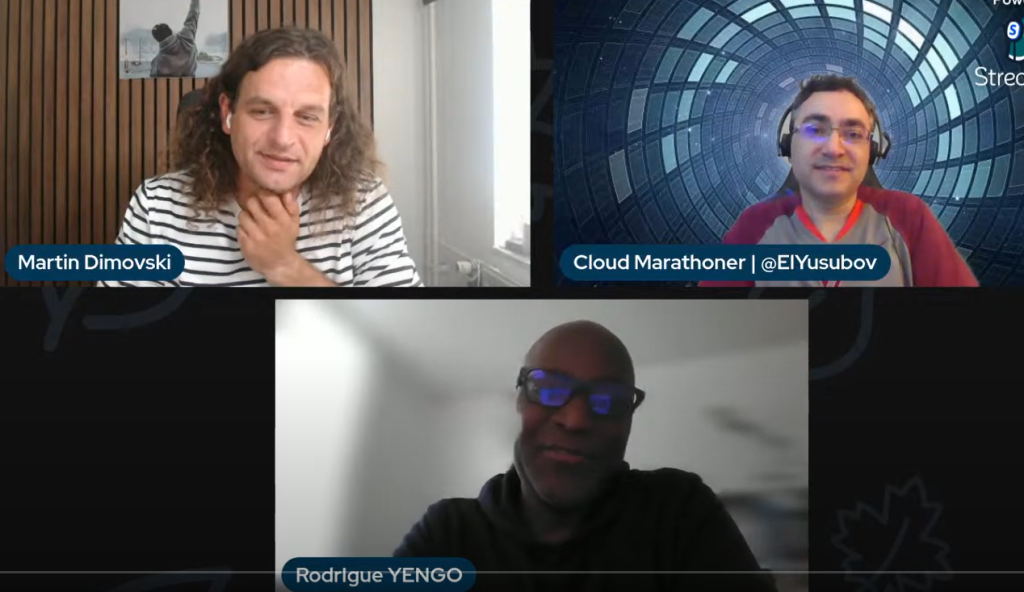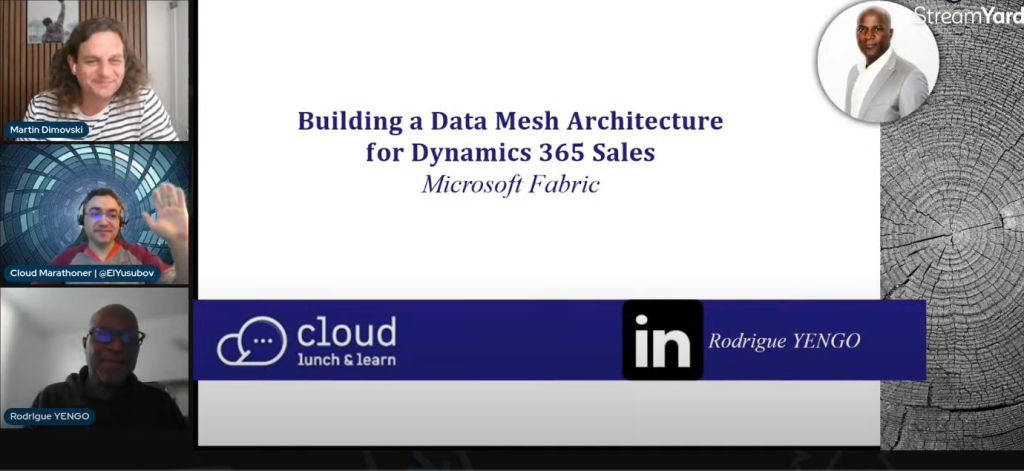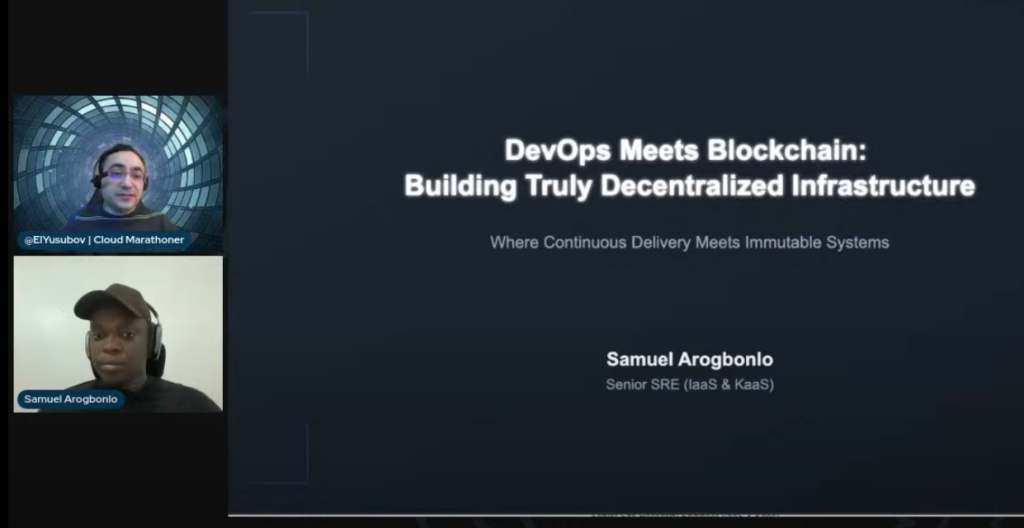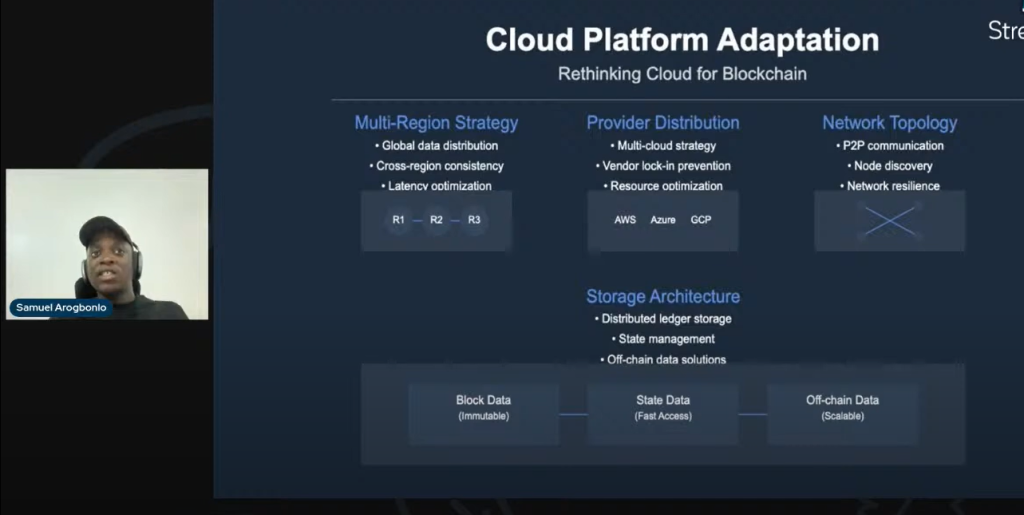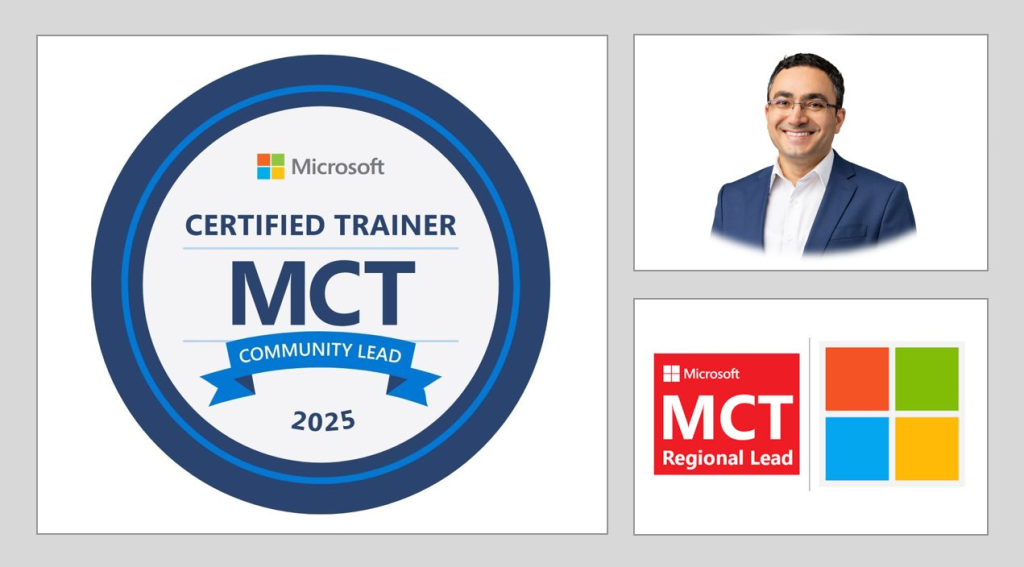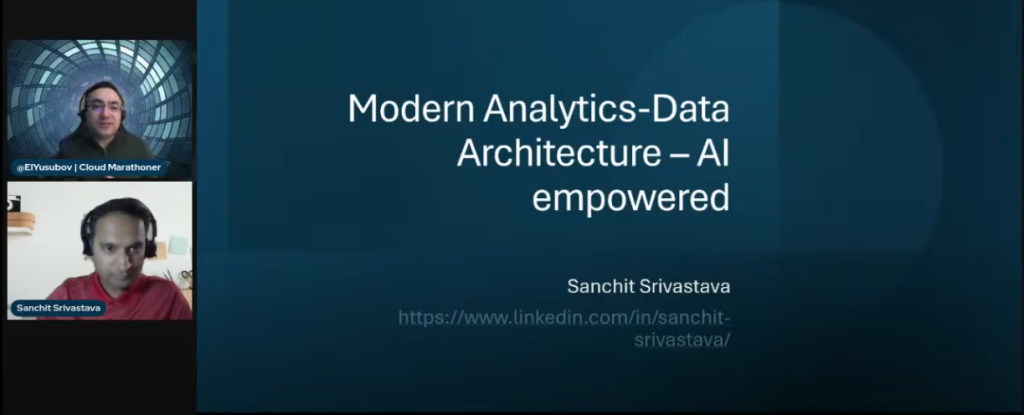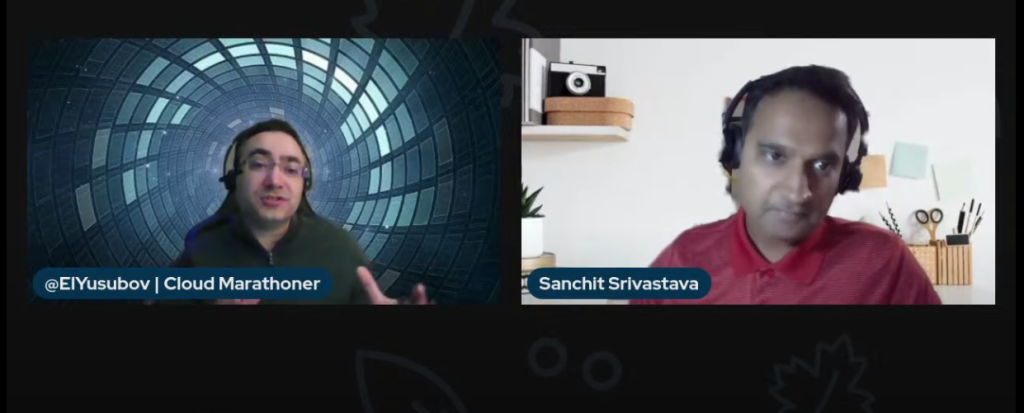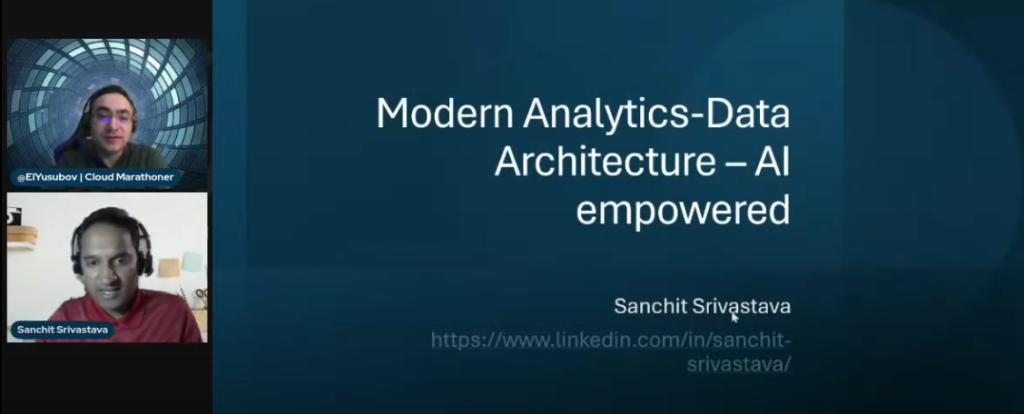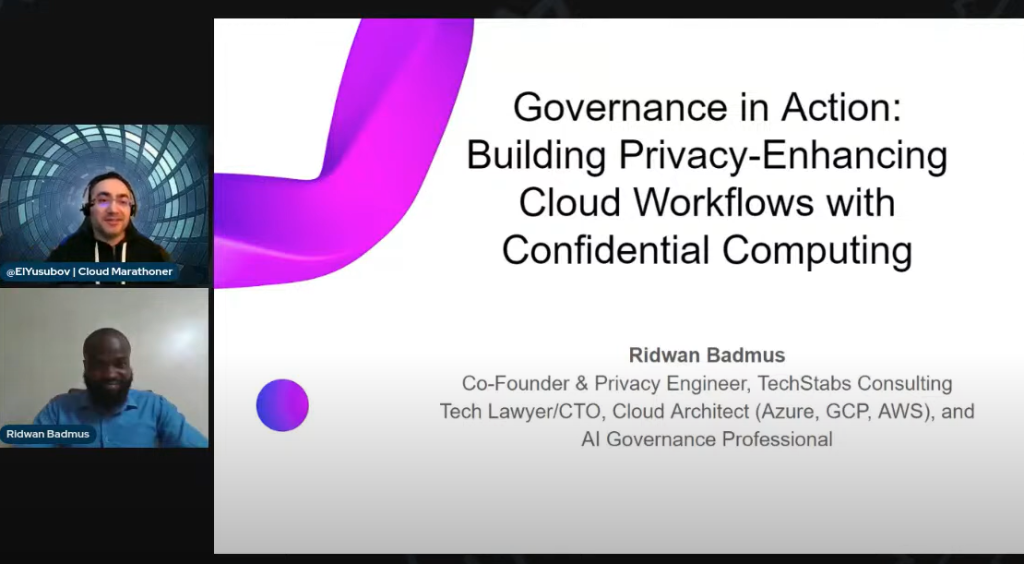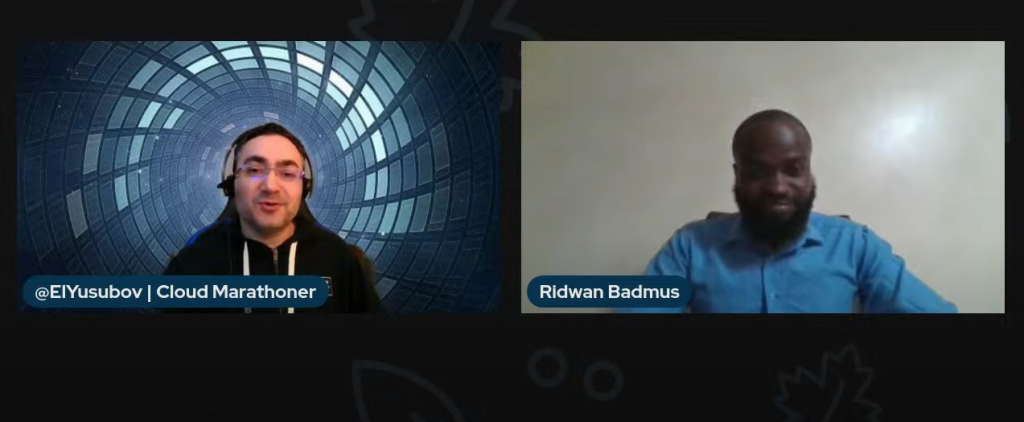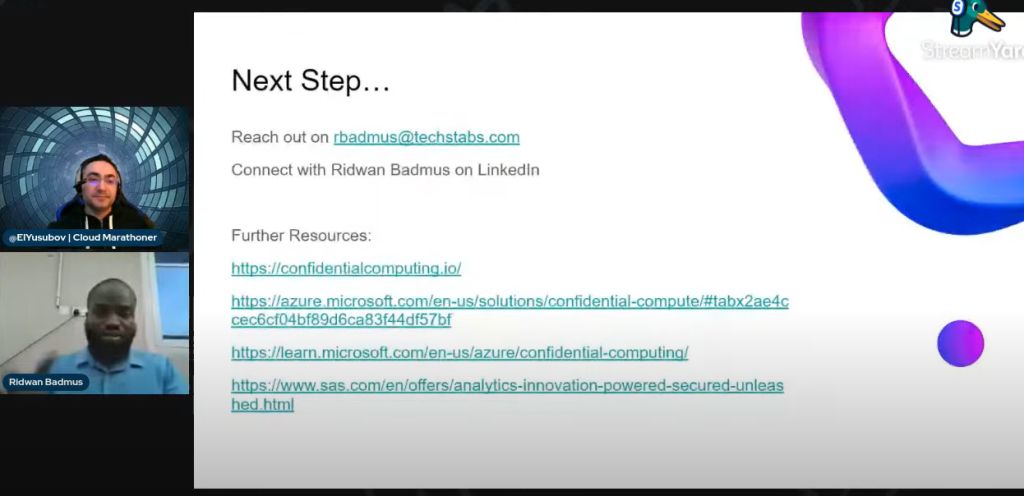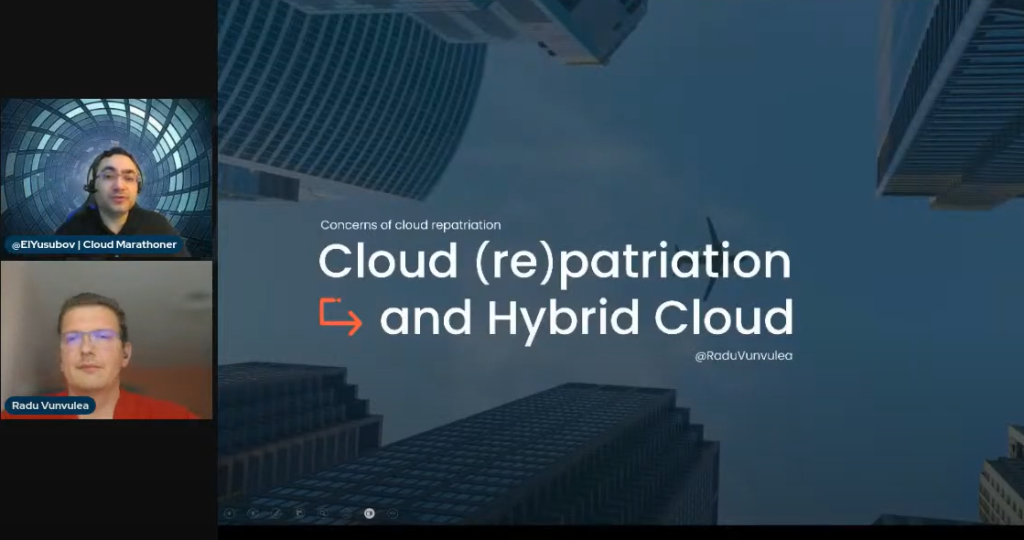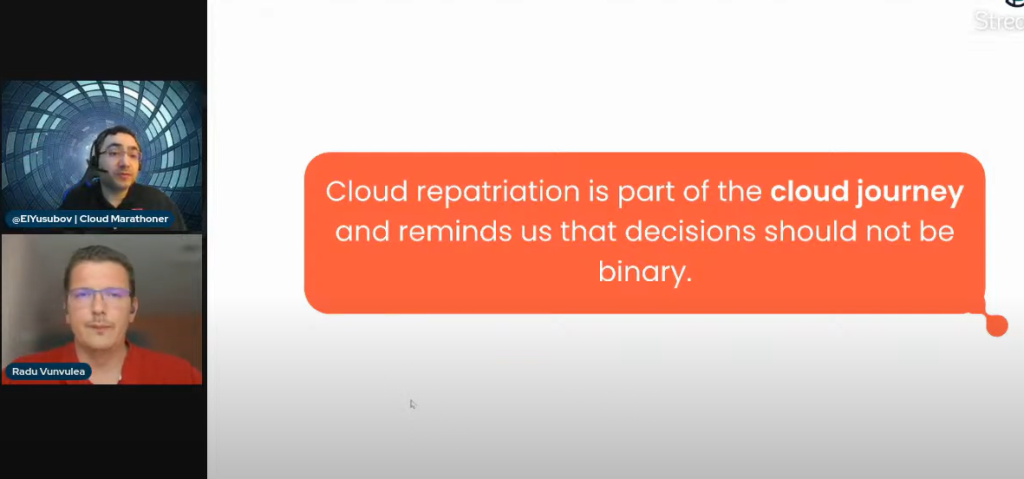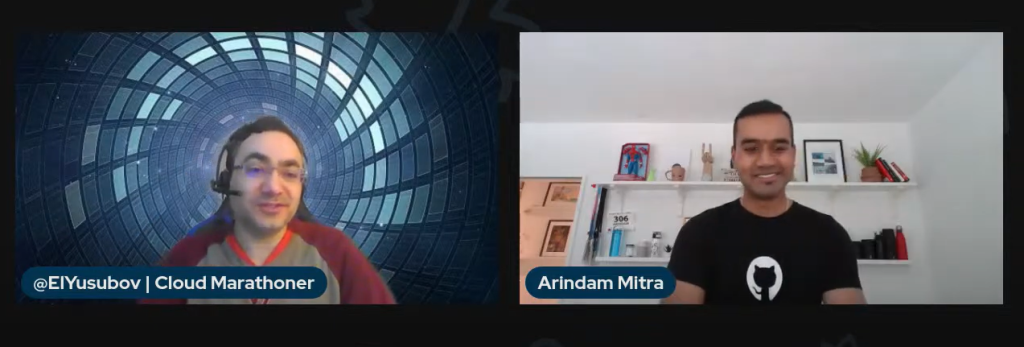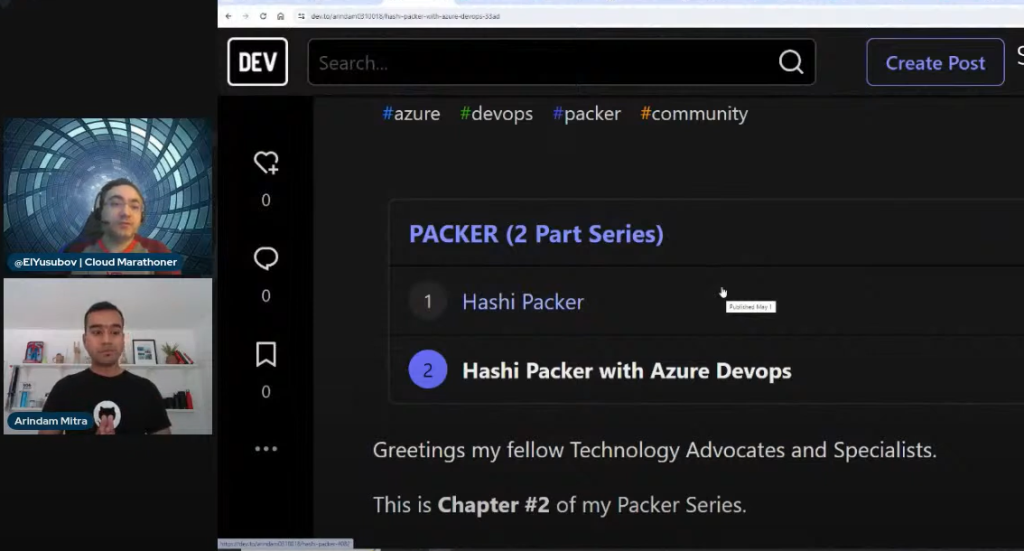Becoming a Microsoft MVP isn’t about chasing a title—it’s about embracing a mission.
As the community lead of Cloud Marathoner, I’ve had the privilege of walking alongside cloud engineers, architects, and passionate tech enthusiasts who are building, sharing, and growing together. Many of them ask me: “How do I become a Microsoft MVP?”
The answer is both simple and profound: do what you love and give back.
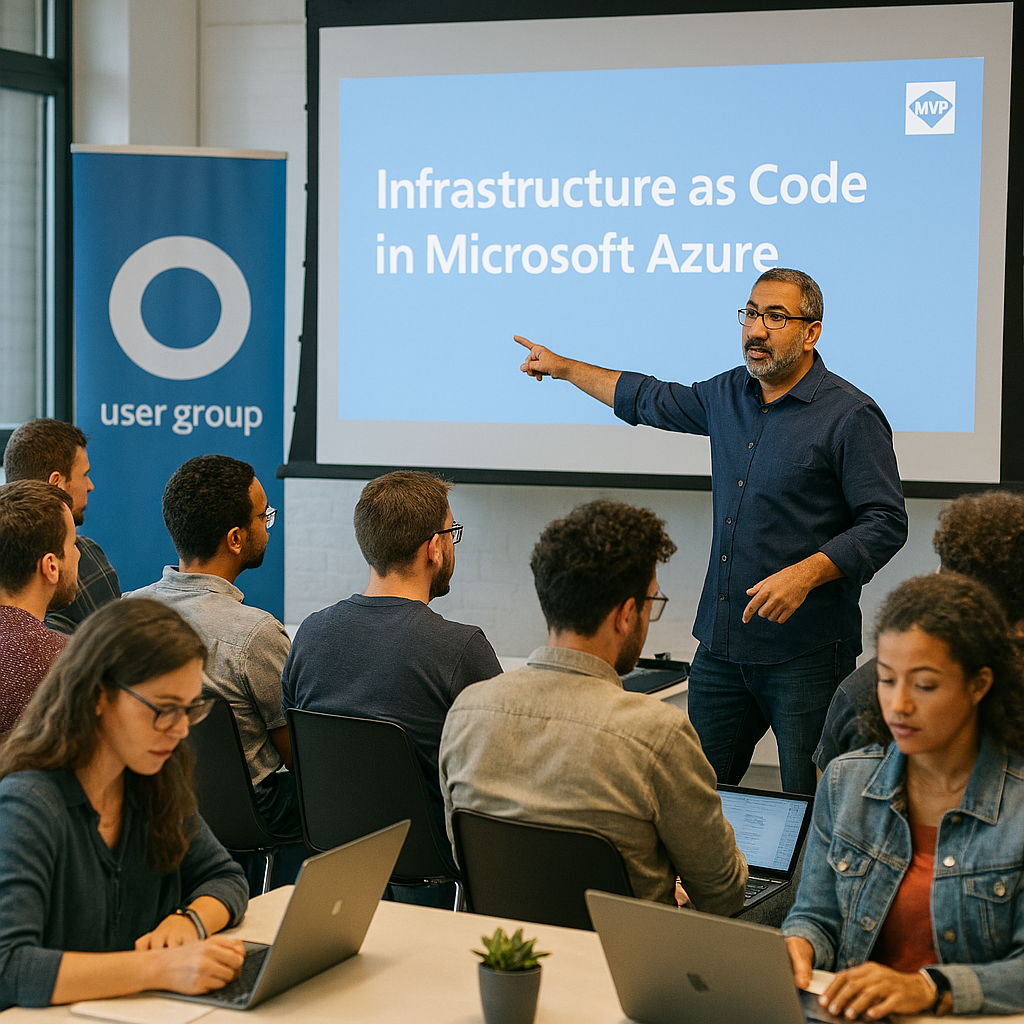
🧭 What Is a Microsoft MVP?
The Microsoft Most Valuable Professional (MVP) award recognizes exceptional community leaders who share their expertise, uplift others, and contribute meaningfully to the tech ecosystem. It’s not a certification—it’s a celebration of consistent, authentic impact.
According to the official Microsoft MVP site, the MVPs are selected for their contributions across blogs, talks, open-source projects, user groups, and more. They are the spark that keeps the community thriving.
🛤️ My Journey: From Passion to Purpose
When I started Cloud Marathoner, it was just a blog. But it quickly became a movement—a space where cloud professionals could learn, share, and grow together. I didn’t set out to become an MVP. I set out to help others to succeed in their unique Cloud journey. And that’s the secret.
As Betsy Weber, Microsoft Program Manager beautifully put it:
“Don’t follow the crowd—find your gap and fill it with passion, creativity, and community.”
🎉 Celebrating Microsoft AWARD
This year, I’m incredibly honored to celebrate my 4th consecutive Microsoft MVP award recognition from Microsoft. It’s a meaningful milestone that reflects the many community events, sessions, and contributions I’ve wholeheartedly delivered over the last year. My focus remains strong on Infrastructure as Code and Cloud Optimization, while I continue to explore and share innovations in AI and GitHub Copilot to empower and uplift our community of cloud engineers, architects, and tech enthusiasts.
🧩 Find Your Gap, Fill It with Passion
You don’t need to be the loudest voice. You need to be the most authentic one.
- 🎨 Like MVP Luise Freese, who turned technical content into sketchnotes that even Satya Nadella noticed.
- 🌍 Like Sharon Weaver, who kept her user group alive through the pandemic.
- 🎤 Like Lee Englestone, who built a Visual Studio tips site that led to talks and a book.
Each of them found a unique way to give back. So can you.
🧱 actionable Steps to Becoming a Microsoft MVP
- Be an Expert
Master your craft. Stay current. Share what you learn. - Be a Leader
Start a user group. Mentor others. Create inclusive spaces. - Be an Advocate
Provide feedback to Microsoft. Champion tools that help others. - Be Consistent
MVP is a marathon, not a sprint. Keep showing up. - Be Visible
Blog, speak, stream, post—whatever suits your style. Just share.
💬 Final Thoughts: Your Spark ✨ Matters
You don’t need permission to start. You don’t need a title to lead. You just need to care enough to contribute.
Whether you’re streaming your learning journey, launching a user group, or writing your first blog post—you’re already on the path.
So go ahead. Share your knowledge. Be helpful. Look for gaps to fill.
The community is waiting for your spark. ✨

